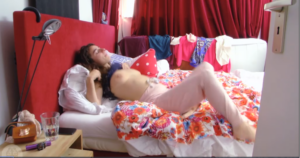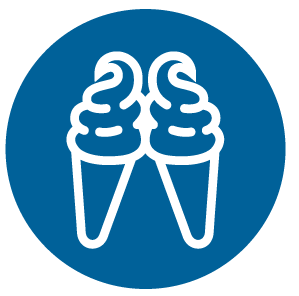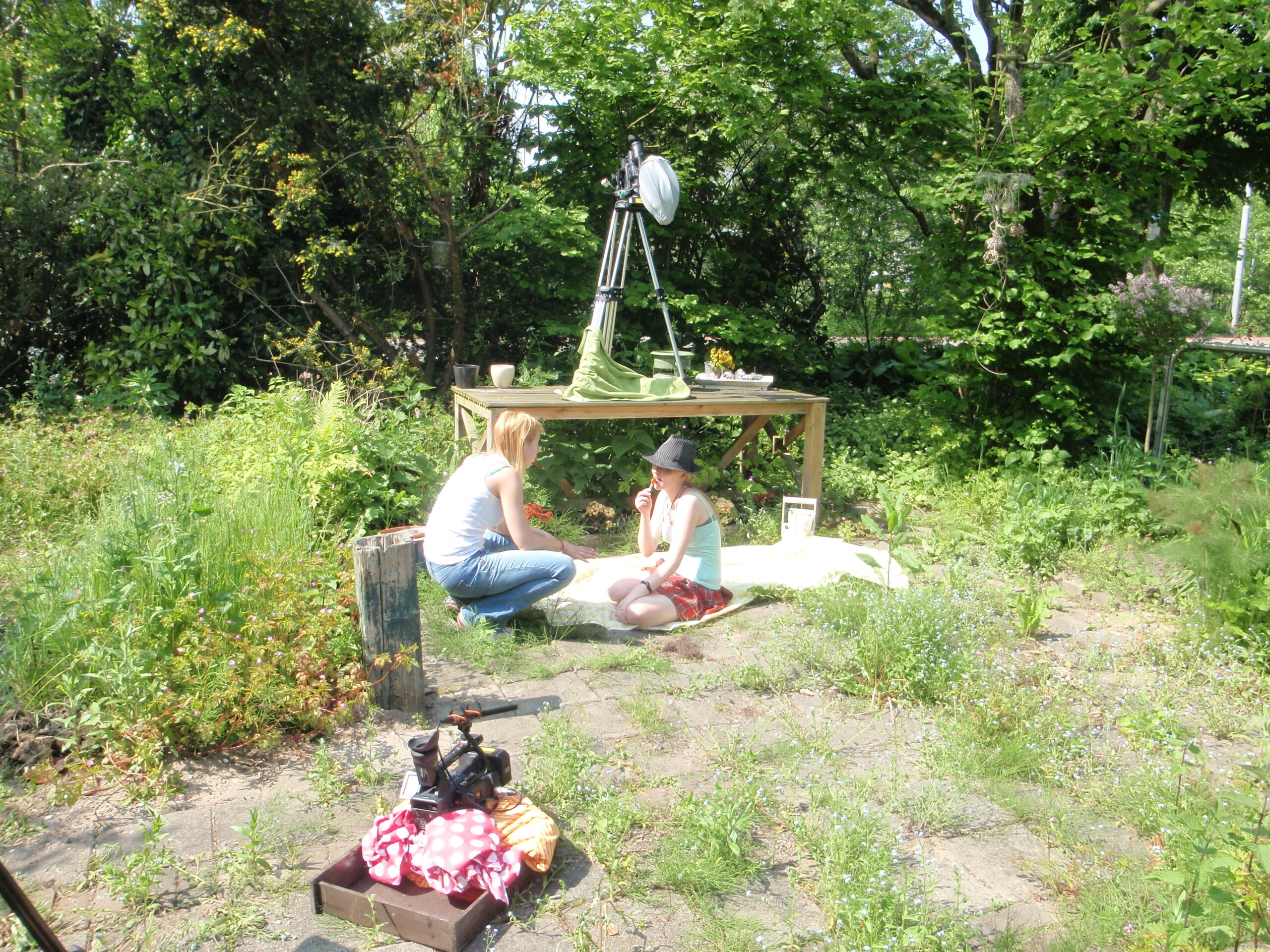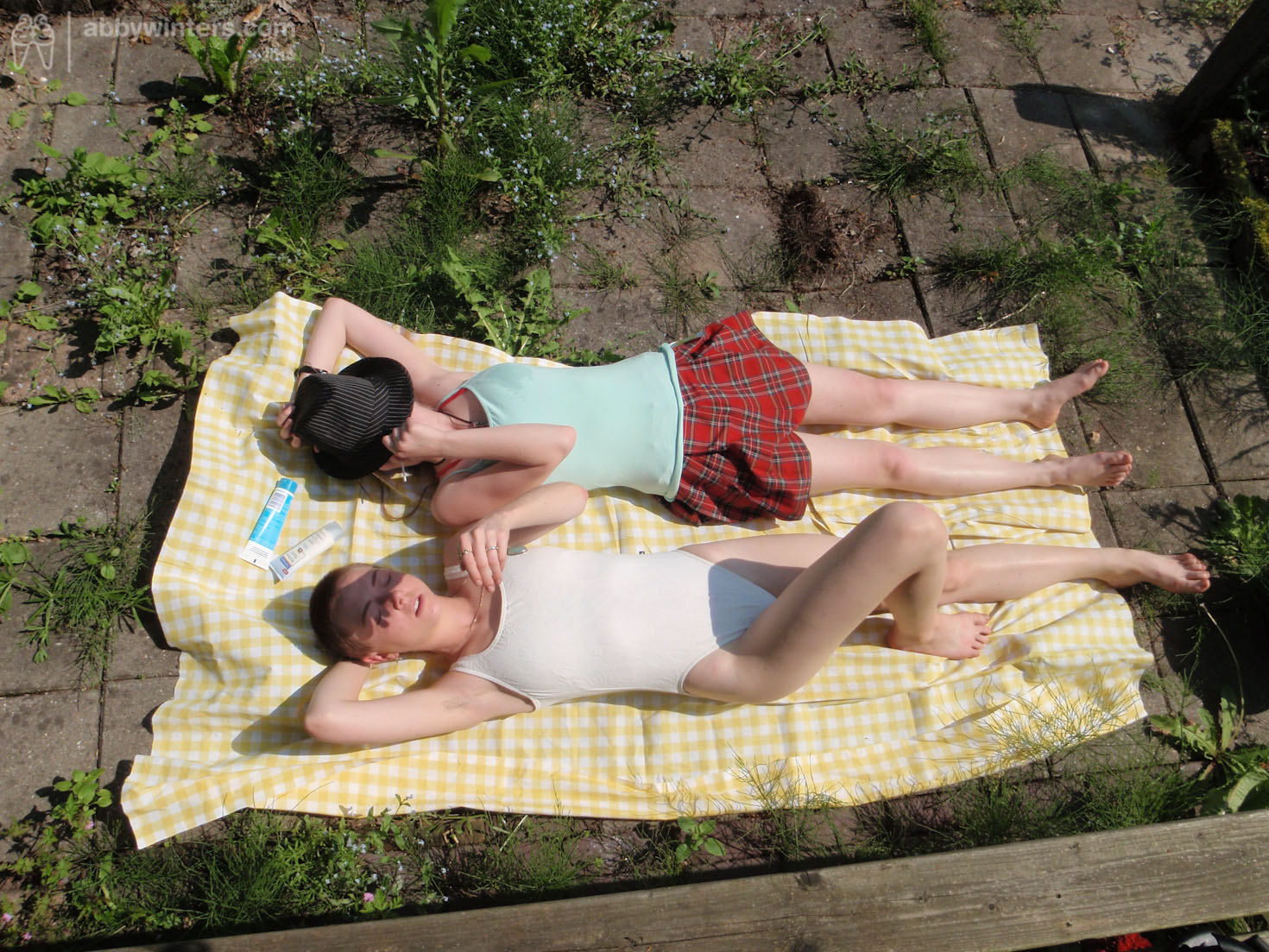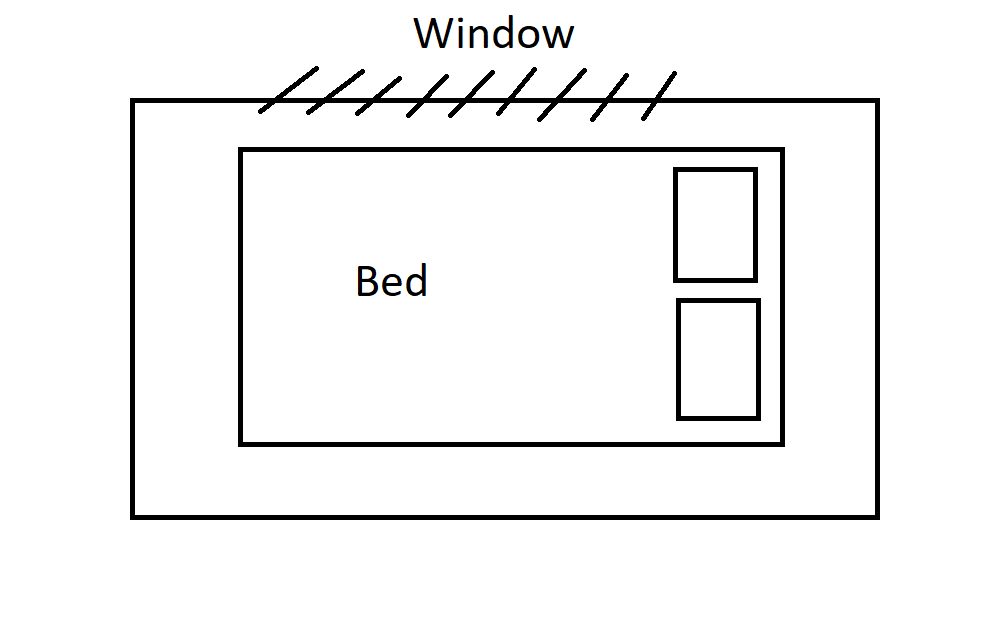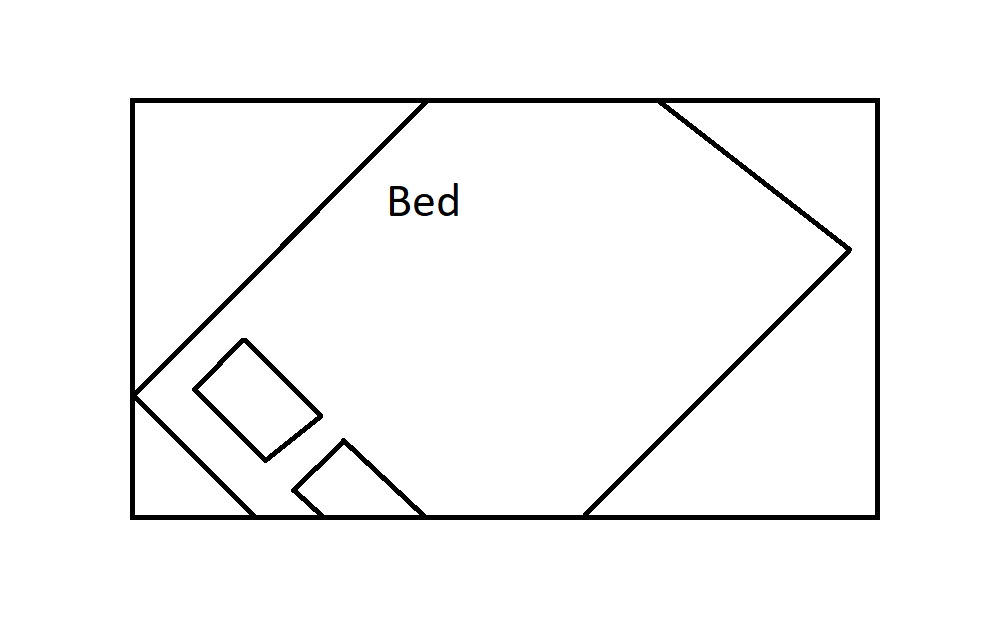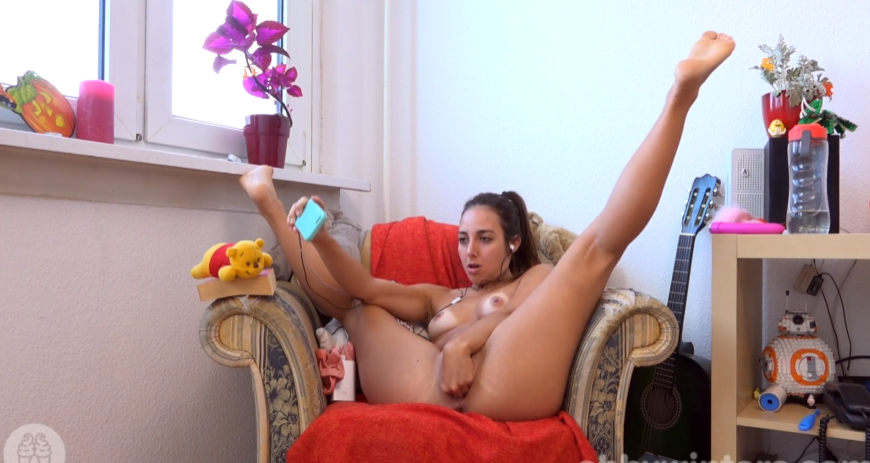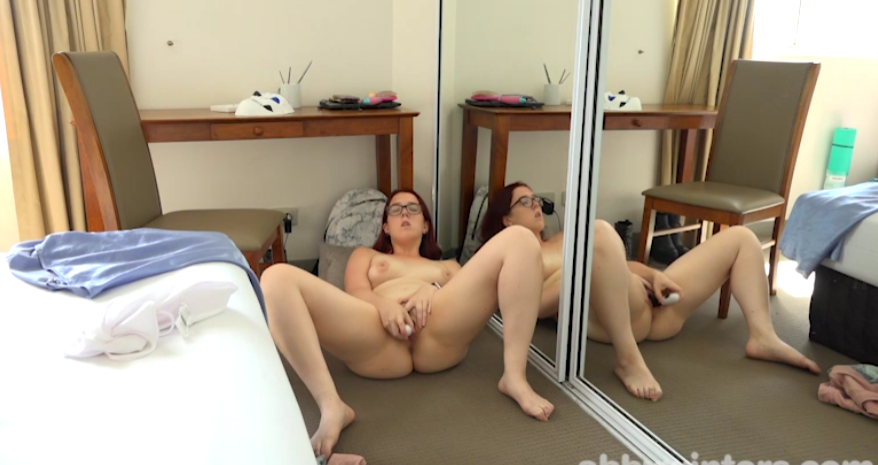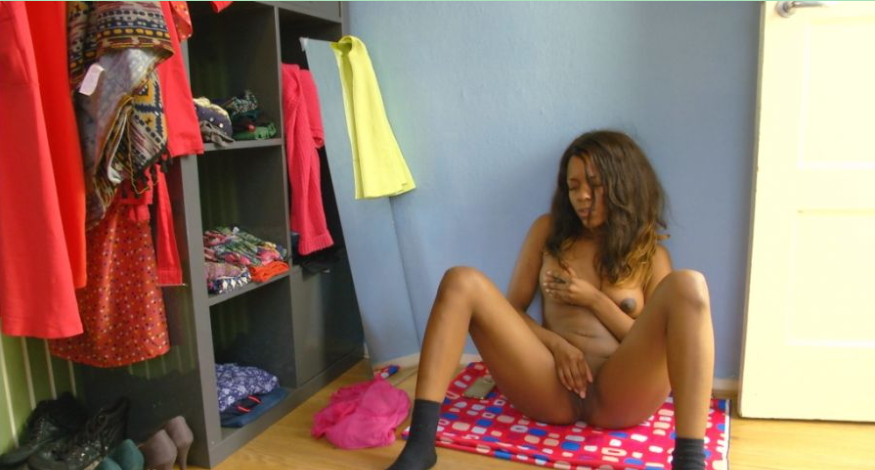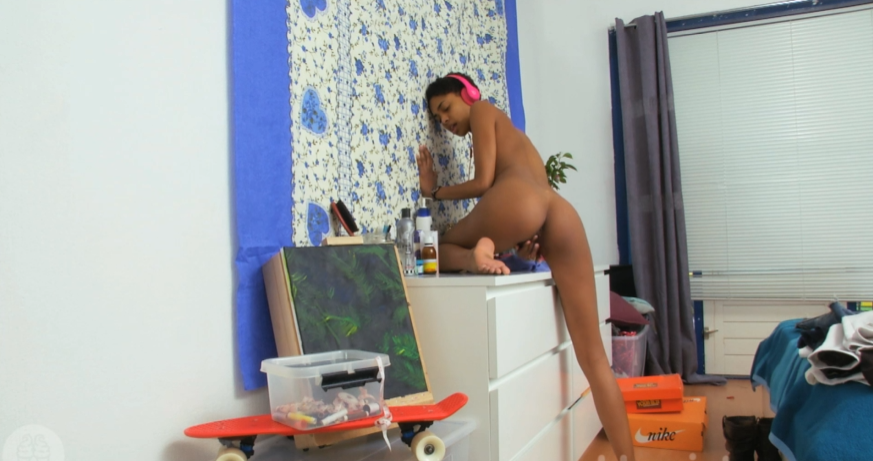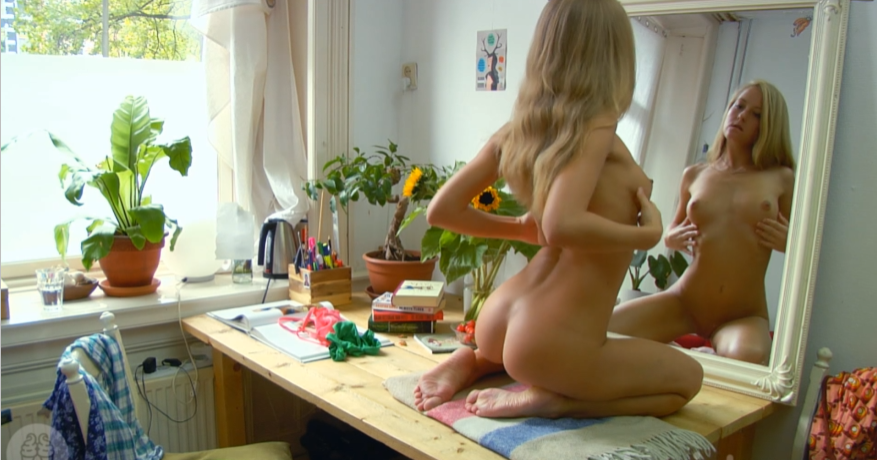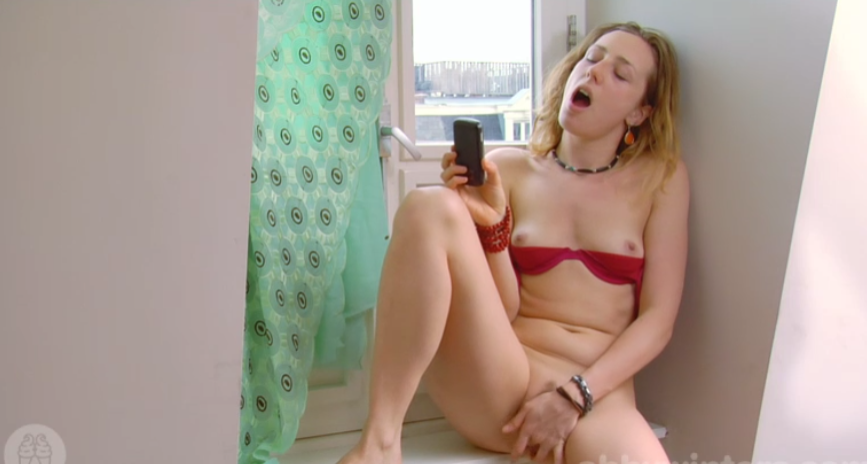First, check the definitions in the What’s the difference between a “location” and a “setting”? FAQ (in a nutshell, a Location is the address where the shoot is occuring, whereas the Setting is the room or area where the model will appear in the shoot – what the camera sees).
Unless a model is shooting in her own home, it is a requirement that for every shoot produced for the website, models appear to be in a different location. This rule is in place to support the paradigm of women in their real homes.
Just because what is shown in frame needs to appear to be a different location in every shoot, that does not mean SPs actually need to have a different location for every shoot shot – they just need to be aware of what is shown to customers. Set dressing and framing used in combination should enable SPs to get multiple shoots (that all appear to be shot in different locations), from the same single location.
The ability to get multiple shoot settings from a single location is especially helpful during IM days, when several shoots are happening in quick succession across a single day. Pre-planning should enable an SP to not only get multiple shoots shot across one location, but also ensure minimal movement of equipment between IMs.
Shooting efficiently not only makes for a more pleasant day for the SP (bonus!) but gives more time to focus on creative endeavours (better shoot quality!) and ensures models do not feel rushed so are able to fully relax and let go (better content!).
Risks
It’s very possible to “over do” this efficiency – a one house for all shoots approach – which is convenient for the Shoot Producer, but does not meet the requirements of the shoots the Company buys from Shoot Producers.
After a few shoots in each room (at the absolute most), the location is considered “shot out” – it’s no longer appropriate to make shoots there any more.
One space, six unique locations
Consider a typical bedroom with a window, a door and a double bed. With considered framing and set dressing it is possible to make a few seemingly-different locations from that one room.
Set up one
Adding only the set dressing and specific model personalisations needed to create a paradigm and suitable space – shoot an IM in the room “as it comes”, on the bed
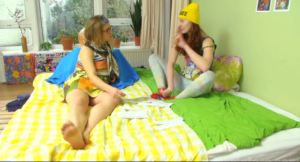
Set ups two and three
Change the bed sheets / linen and move the camera to a top-down position over the bed.
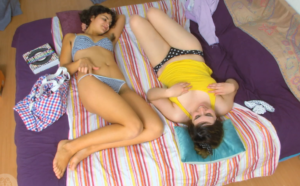
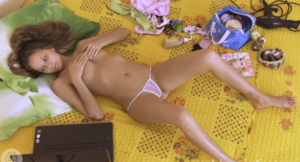
It could be possible to do two top down DIMs on the same bed so long as;
- the angle of the camera and bed were changed
- The bed was fully covered in new linen
- Some differences were made to change up the floor (rug for example)
But this should not be done regularly.
Set up four
Move the bed to a new position in the space.
- If the bed was by the window, move it against the wall
- If the bed was long ways in the space, move it to be length-ways
- If the base of the bed was facing the door, orientate it so the door is now facing the side of the bed
- If the bed was against a wall, move it to the center of the space
In addition to moving the bed create a further sense of the location being new by changing out other large pieces of furniture, swapping out set dressing such as plants and ornaments and changing linen. Beware unusual items of set dressing or furniture – unique items are fine but may only be used once – used a second time they will stand out and “give the game away”.
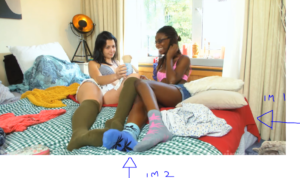
Set up five
Move the model from the bed, to elsewhere in the room: The floor / window sill / desk / wardrobe etc. It is essential to ask the model if she feels she could masturbate and have a real orgasm in this setting (or better, “What can we do to make this setting comfortable for you to masturbate and have an orgasm?”).
ABOVE: All these models were shot in bedrooms, but away from the bed. 1. Francisca is in a chair, 2. Molly B has moved to the floor, 3. Sara D is by the closet, 4. Luna is on a chest of draws, 5. Sicilia has climbed onto the desk and 6. Yale is by the window.
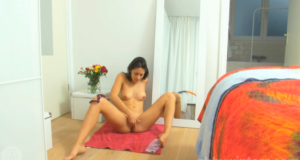
Set up six
Shoot through-the-doorway, for a different perspective. This will only create a new space if there are options to change up the area that is immediately visible through the doorway, to make a space that looks different to the areas already included in frame in previous IM shoots. When that is possible, it can be an effective approach.
